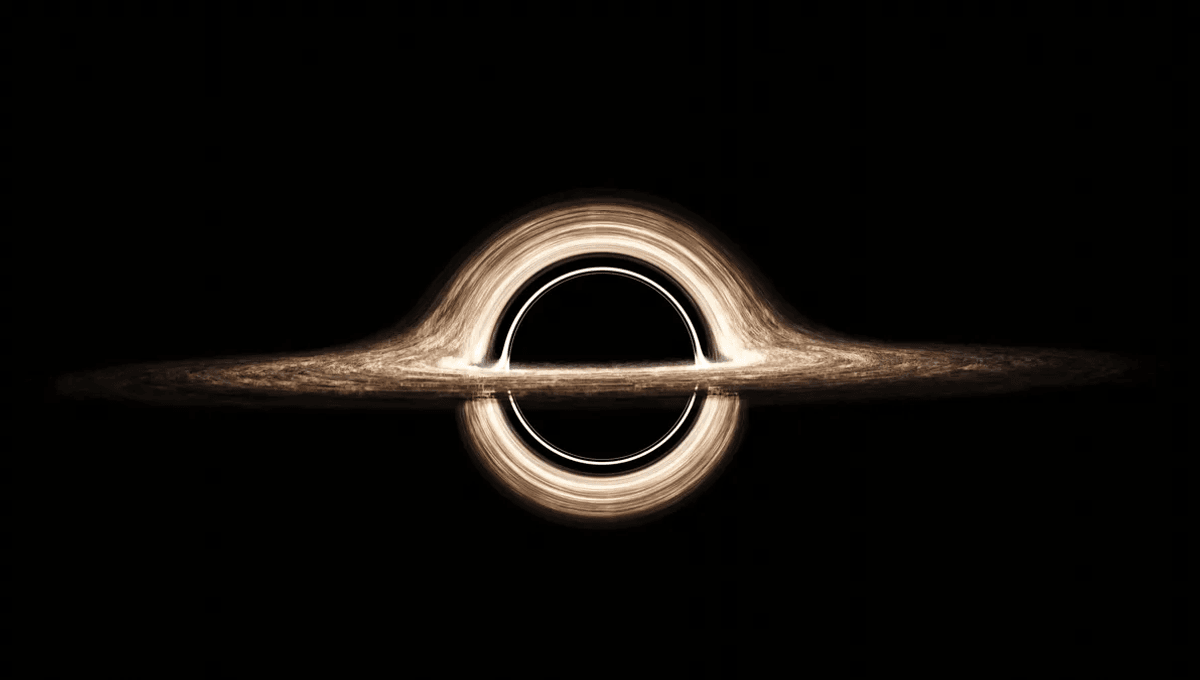
When searching for alien civilizations in the universe, we often look at the development of life on Earth for clues as to what to look for.
It makes sense to do so. We have only found intelligent life (ish) life on this planet, so it’s sensible to look for the sort of signatures emitted from our own planet. We know that life on Earth depends on the presence of atmospheric oxygen and liquid water, so why wouldn’t we look for exoplanets in the habitable zone around stars where liquid water can exist, and search these planets (where possible) for the presence of oxygen?
But in the search for signs of intelligent life, advanced civilizations, and technosignatures, things are a little different. Though our planet has been abundant in oxygen for billions of years, we have spent a significantly smaller portion of that time sending stray I Love Lucy re-runs signals into space.
In cosmological terms, we have not been a technological species for long, and in that time we have progressed at quite a rate, and our ideas of what sort of signals to look for have changed with it. For example, switching from noisy analog signals to digital made us think that aliens would likely not use analog signals for long, making it unlikely that that’s the sort of signal we might find.
Astronomers and alien hunters attempt to try and look at our own development and what we think may be possible in our future to try and narrow down what to search for should alien civilizations move well beyond our current level of progress.
In one such exercise, futurist John M. Smart proposed something called the transcension hypothesis.
“The transcension hypothesis proposes that a universal process of evolutionary development guides all sufficiently advanced civilizations into what may be called ‘inner space,’ a computationally optimal domain of increasingly dense, productive, miniaturized, and efficient scales of space, time, energy, and matter, and eventually, to a black-hole-like destination,” Smart explained in a 2012 paper.
Though highly speculative – we’re talking about alien civilizations perhaps millions of years old – the idea is that advanced species will gravitate toward black holes. This might seem like a terrible idea, but there is evidence to suggest that black holes could be harnessed as a massive source of power, and offer an advanced civilization other benefits, including as a place for advanced civilizations to converge and merge.
“Black holes may be a developmental destiny and standard attractor for all higher intelligence,” Smart continued, “as they appear to some to be ideal computing, learning, forward time travel, energy harvesting, civilization merger, natural selection, and universe replication devices. In the transcension hypothesis, simpler civilizations that succeed in resisting transcension by staying in outer (normal) space would be developmental failures, which are statistically very rare late in the life cycle of any biological developing system.”
If correct, it would help explain the Fermi paradox, or why we haven’t seen any signs of alien life yet. Advanced species might not broadcast their whereabouts for very long, before turning inwards. Though highly speculative, the paper gives us some things to look for.
“If transcension is a universal developmental constraint, then without exception all early and low-power electromagnetic leakage signals (radar, radio, television), and later, optical evidence of the exoplanets and their atmospheres should reliably cease as each civilization enters its own technological singularities (emergence of postbiological intelligence and life forms) and recognizes they are on an optimal and accelerating path to a black-hole-like environment,” Smart concludes.
“Furthermore, optical SETI may soon allow us to map an expanding area of the galactic habitable zone we may call the galactic transcension zone, an inner ring that contains older transcended civilizations, and a missing planets problem as we discover that planets with life signatures occur at a much lower frequencies in this inner ring than in the remainder of the habitable zone.”
The paper is published in Acta Astronautica.
Source Link: The Transcension Hypothesis Could Explain Why We Haven't Yet Found Aliens